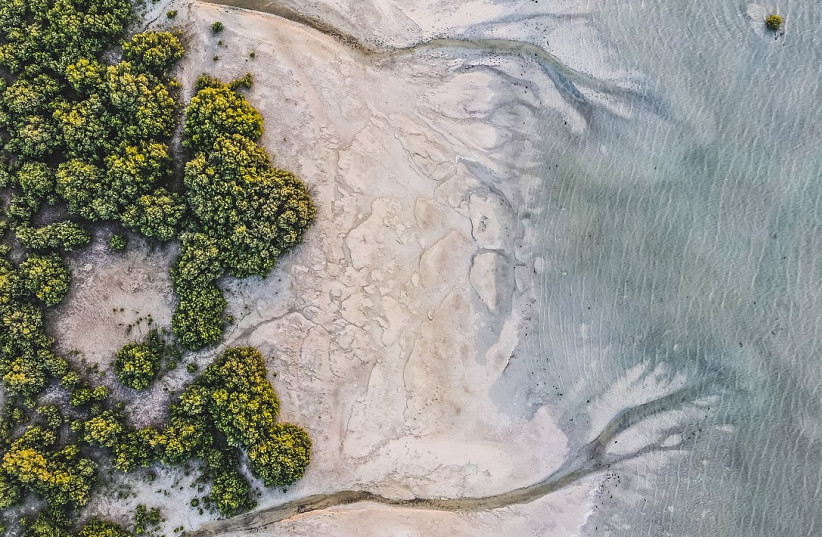By OMNIA AL DESOUKIE/ THE MEDIA LINE
Published: JANUARY 12, 2023
The United Arab Emirates is working to achieve its mission of becoming the first country in the Middle East to reach net zero emissions, with a target date of 2050. Dubai, the most populous of the UAE’s seven emirates, now gets 14% of its total 14,517 megawatts capacity from solar power.
It is a sign that the sunny, metropolitan emirate is keen on making renewable energy available to homes as well as industry, and a clear, eco-friendly message from the entire UAE – the third-largest exporter of crude oil in the Organization of the Petroleum Exporting Countries (OPEC) – whose new chief has made clean energy a priority.
“Increased solar production will remove the demand for oil and gas internally,” Middle East energy analyst Dr. Cyril Widdershoven told The Media Line.
“Increased solar production will remove the demand for oil and gas internally,”Middle East energy analyst Dr. Cyril Widdershoven
The less the internal demand on oil and gas, the more that can be exported, or that can be invested in businesses that use the oil and gas, known as downstream investment, explained Widdershoven.
Current challenges in moving to renewable energy
“Look at the major downstream investments of ADNOC (Abu Dhabi National Oil Company) and parties,” he said. “The potential is enormous, but will also need major investments in storage, as the sun even in the UAE is not 24/7, so when demand for energy is highest (such as nights/evenings/winter), solar production is low,” he added.
Siniyah Island in the UAE. (credit: Wikimedia Commons)
The UAE currently relies on thermal power for most of its electricity supply. In 2021, thermal power accounted for 92.6% of its total electricity generation. Therefore, diversifying energy sources has been a key strategic priority for the country, explains Professor Tadhg O’Donovan, deputy vice principal at Heriot-Watt University in Dubai.
https://www.jpost.com/environment-and-climate-change/article-728381

